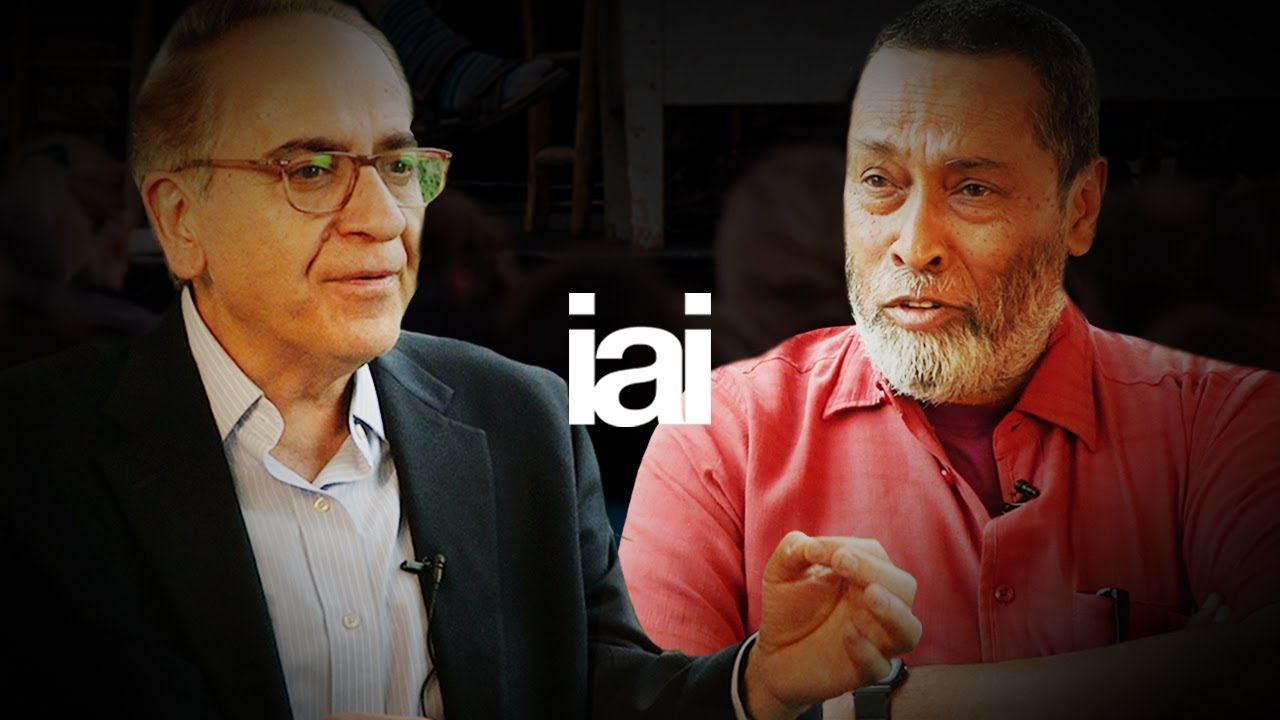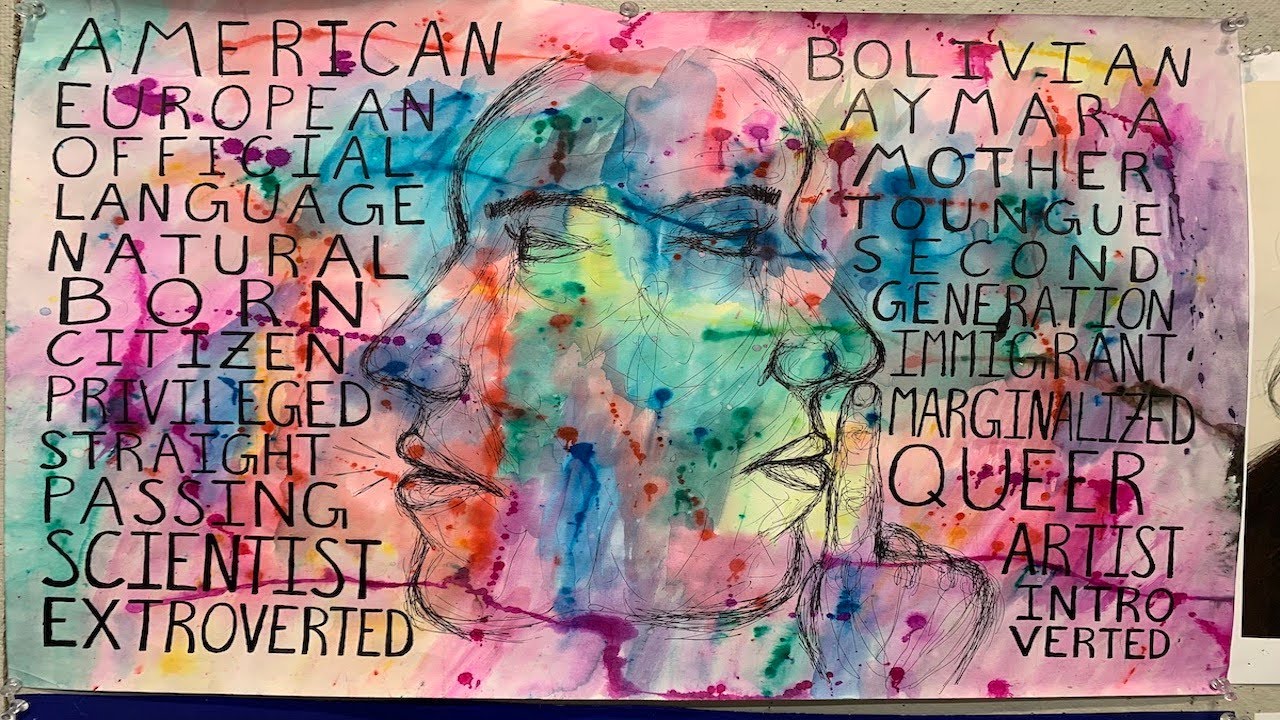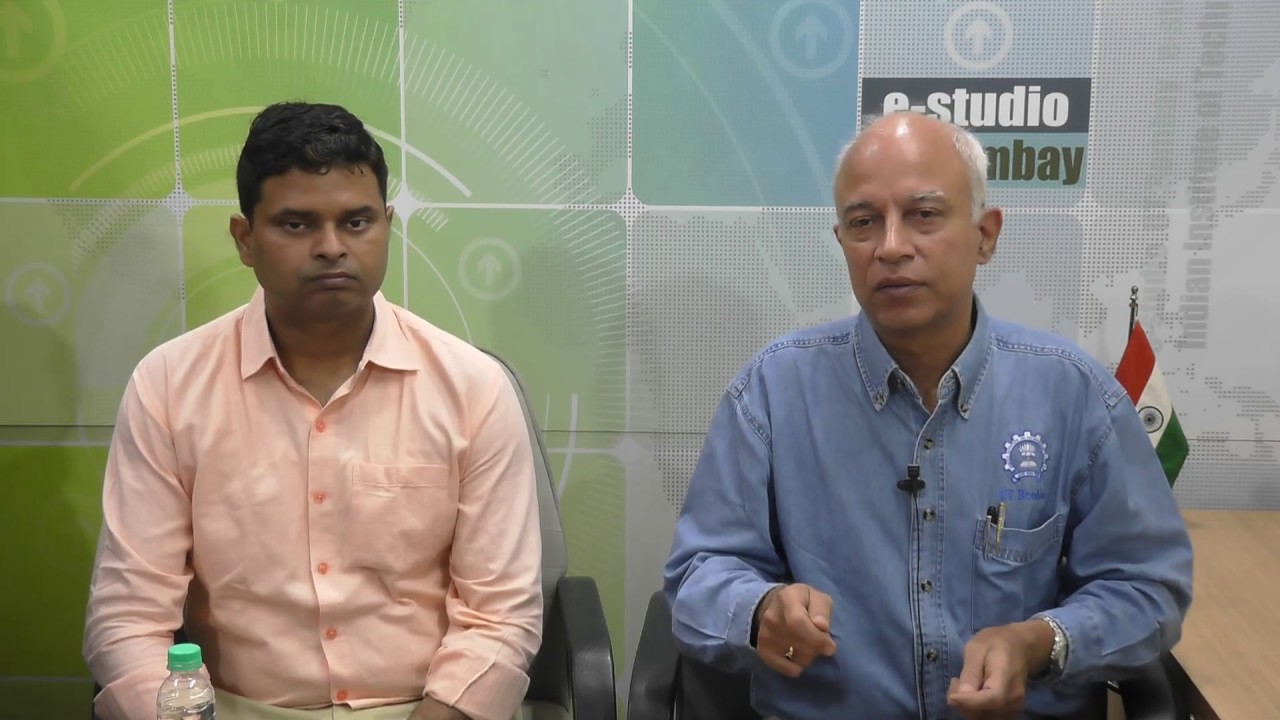The Institute of Art and Ideas
The standard model of physics remains incomplete. Could supersymmetry fill the gaps? From whether supersymmetric particles could fix the mass of the Higgs Boson to what this would mean for string theory, the world’s leading thinkers explain all.
Subscribe to the Institute of Art and Ideas: https://www.youtube.com/user/IAITV
John Ellis is a British theoretical physicist who is currently Clerk Maxwell Professor of Theoretical Physics at King’s College London. He was Division Leader for the CERN theory division, a founding member of the LEPC and of the LHCC at CERN and currently chair of the committee to investigate physics opportunities for future proton accelerators.
Catherine Heymans is a Professor of Astrophysics and European Research Council Fellow at the University of Edinburgh. She is also the Director of the German Centre for Cosmological Lensing at the Ruhr-University Bochum, Germany.
Ben Allanach is a member of the Department of Applied Mathematics and Theoretical Physics High Energy Physics research group and The Cambridge SUSY Working Group based at the Cavendish Laboratory.
Subir Sarkar is a physicist at the University of Oxford, where he is head of the Particle Theory Group at the Rudolf Peierls Centre for Theoretical Physics. His research interests are at the interface between fundamental physics and astrophysics & cosmology – specifically theoretical aspects of dark matter, inflation and large-scale structure formation.
Cumrun Vafa is a string theorist from Harvard University. He is the recipient of the 2008 Dirac Medal and the 2016 Breakthrough Prize in Fundamental Physics.
#supersymmetry #quantum #stringtheory
DELVE DEEPER
For debates and talks: https://iai.tv
For articles: https://iai.tv/articles
For courses: https://iai.tv/iai-academy/courses
Source




IAI is carpetbomming us with
"How the heck does Santa Clause distribute his 1 billion parcels across
the planet in just one night in one carriage and a (possibly
rednosed) reindeer, how he creates his parcels while living on the
North Pole"
and of course the big question
What Is Santa Clause Going To Do When The Ice Cap Melts.
It is a fascinating study and we all
eagerly await the first results. But we may have to wait for a
second, Larger Hineous C*********r (aka LHC) which will be ready by
2040 and costs around 100 billion Euro/Dollar of taxpayer money.
But hey, then we m a y finally know how
Santa Clause does it."
THIS
https://www.youtube.com/watch?v=DTaXfbvGf8E
blows all of that BS out of the water,
presented mid 2019, pulling the magic carpet from under these
mindtrapped "scientists" that have COMPLETELY lost their
way.
Here are some comments by a former
"crackpot" (according to settled science) who predicted
some of the astonishing results: elements form from scratch in a
plasma reactor, using low wattages, basically recreating their model
of a star in the lab.
Yes, it has been done.
https://www.youtube.com/watch?v=yYpVdkyVEYw
and a lot more.
And , if you, like me, were suspicious
of that presentation in the first link, watch this interview with the
leading scientist in this experiment.
https://www.youtube.com/watch?v=h49AbVfI7KU
I recently saw a famous YT astrophysicist state the galaxy has 1 billion stars in it, and really
seemed to believe it. That is how lost these tunnelvisioned "experts"
are, getting fancy salaries by telling the unsuspecting public Santa
stories.
And, if you do not know how many stars are in the Milky Way, WIKI it.
Interesting talks… I'm more partial to conformal cyclic cosmology myself